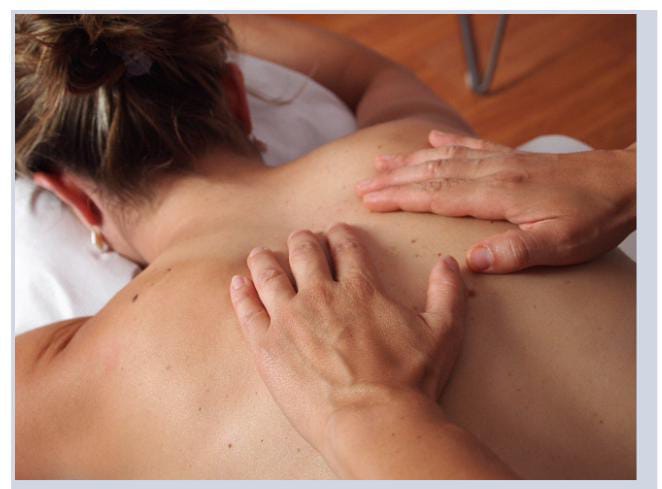Image by Mario from Pixabay
Finding times of peace and relaxation is more vital than ever in the fast-paced world of today, particularly if you suffer with stress or chronic pain. For good pain treatment, one must control both the mind and the body since stress can aggravate physical agony. Some of the most useful relaxing methods to help reduce pain and encourage general well-being will be discussed in this page.
Exercises including deep breathing
One straightforward but effective relaxation method is deep breathing. It’s about paying close attention to your breath, which can help alleviate discomfort and tension. Choose a quiet area and comfortably seat or lie down to learn deep breathing. Deeply inhale through your nose, letting your abdomen expand. Breathe for a few seconds then gently let go through your mouth. Start this multiple times. Deep breathing calms the neurological system, therefore reducing pain sensitivity.
PMR, or progressive muscle relaxation
Another great way to help with stress and pain is progressive muscular relaxation (PMR). It entails tensing and then gently releasing many muscle groups in your body. Working your way up to your head, start with your toes. Tense every muscle group for roughly five seconds then let go. This approach helps to find and release bodily tension, which usually causes discomfort. Regular PMR practice can help muscles relax better and pain levels to be lowered.
Guided visual imagery
Guided imagery is a method of relaxation whereby healing and relaxation are encouraged by mental visualizing. Look for a peaceful spot where you might easily sit or lie down. Close your eyes and picture yourself in a calm, pleasant setting—a forest or a beach, perhaps. Pay close attention to the specifics of this location—that is, the noises, smells, and sensations. Guided imagery helps you refocus from tension and suffering, therefore promoting a more calm state of body and mind.
Practice meditation
For millennia, people have employed meditation to advance both mental and physical health. It entails turning your attention to one point of reference, say your breath or a mantra. Frequent meditation can help lower stress, boost mood, and change pain sensation. Among the several types of meditation available are loving-kindness and mindfulness meditation. Choosing a type that fits you will help to maximize its benefits for pain management and relaxation promotion.
Yoga
To foster general well-being, yoga blends meditation, breathing exercises, and physical poses. Along with lowering tension and pain, yoga can assist increase flexibility, strength, and balance. Those with pain may find especially helpful gentle yoga poses such cat-cow stretch and child’s pose. Including yoga in your program will help you relax, straighten your posture, and relieve muscle strain. For those interested in yoga practices, you can explore more at nicoleszenden.com, a resource for yoga enthusiasts.
Aromatherapy
Aromatherapy is the application of essential oils to advance both emotional and physical health. Some fragrances, like lavender, chamomile, and eucalyptus, offer relaxing effects that might help lower stress and pain. Essential oils are versatile tools for usage in your house, in a warm bath, or topically using a carrier oil. Aromatherapy can help one be generally calm and improve relaxation.
Massage Treatments
Another great way to relax and ease discomfort is massage therapy. Massage can help alleviate muscle tension, increase circulation, and lower stress by exerting pressure to particular body parts. Massages come in several forms: aromatherapy, deep tissue, and Swedish among others. Regular massages can boost general wellness and aid with persistent discomfort. Try a massage therapy in Kitchener if you’re not sure which kind of treatment suits you.
Martial Chi
Combining slow, deliberate motions with deep breathing and meditation, tai chi is a moderate workout. Often said to be “moving meditation,” Tai Chi can help with relaxation, flexibility, and balance. Tai Chi’s steady, under control motions serve to alleviate physical tension and encourage mental peace. Particularly for people with chronic illnesses, daily Tai Chi practice can be a great means of pain and stress management.
Hydrotherapy and warm bathrooms
Hydrotherapy and warm baths can offer major stress and pain relief. A warm bath will allow you to relax your muscles and ease aches and pains. Including Epsom salts or aromatic oils into the bath will help to improve the soothing results. Activities like swimming or using a hot tub can also be part of hydrotherapy, the technique whereby water is used to alleviate discomfort. These techniques help circulation to relax muscles, so relieving general pain.
Including leisure activities into your daily schedule will help you far better control stress and pain. The secret is persistence and discovering what works best for you whether your preferred technique is deep breathing, progressive muscle relaxation, guided imagery, or another approach. Including these techniques into your life can help you to have a more balanced and pain-free life, therefore promoting both physical and mental health. If you’re considering more specialized treatments, like laser treatment in Cambridge, make sure to explore options that align with your wellness goals.
